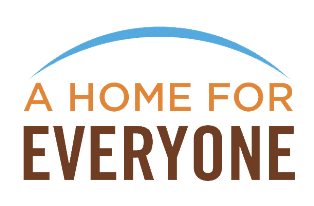Definition of Culturally Specific Services and Organizations, and Sample Racial Equity Assessment Tools
Culturally Responsive Services
All services Multnomah County provides should be culturally responsive, and organizations competing for county contracts should demonstrate their capacity through an open procurement process. Culturally responsive services are those that are respectful of, and relevant to, the beliefs, practices, culture and linguistic needs of diverse consumer/client populations and communities whose members identify as having particular cultural or linguistic affiliations by virtue of their place of birth, ancestry or ethnic origin, religion, preferred language or language spoken at home. Cultural responsiveness describes the capacity to respond to the issues of diverse communities. It thus requires knowledge and capacity at different levels of intervention: systemic, organizational, professional, and individual. It is expected that all contractor agencies will engage in organizational assessment around their organization’s progress to become fully culturally responsive, develop plans for deepening capacity and responsiveness, and take action during the course of the contract period to execute those plans.
Culturally Specific Services
Multnomah County is using a definition of Culturally Specific services developed through a collaborative Countywide work group, led by the Multnomah County Chief Operating Officer and the Director of the Office of Diversity and Equity. This definition realizes the county stated belief that: culturally specific services eliminate structural barriers and provide a sense of safety and belonging which will lead to better outcomes.
Culturally Specific services/programs are those that are informed by specific communities, where the majority of members/clients are reflective of that community, and use language, structures and settings familiar to the culture of the target population to create an environment of belonging and safety in which services are delivered. These services and programs reflect the following characteristics:
- Programs are designed and continually shaped by community input to exist without structural, cultural, and linguistic barriers encountered by the community in dominant culture services or organizations AND designed to include structural, cultural and linguistic elements specific to the community’s culture which create an environment of accessibility, belonging and safety in which individuals can thrive.
- Organizational leaders, decision-makers and staff have the knowledge, skills, and abilities to work with the community, including but not limited to expertise in language, core cultural constructs and institutions; impact of structural racism, individual racism and intergenerational trauma on the community and individuals; formal and informal relationships with community leaders; expertise in the culture’s explicit and implicit social mores. Organizational leaders and decision-makers are engaged in improving overall community well-being, and addressing root causes.
Organizations providing Culturally Specific Services demonstrate:
- Intimate knowledge of lived experience of the community, including but not limited to the impact of structural or individual racism or discrimination on the community; knowledge of specific disparities documented in the community and how that influences the structure of their program or service; ability to describe the community’s cultural practices, health and safety beliefs/practices, positive cultural identity/pride/resilience, immigration dynamics, religious beliefs, etc., and how their services have been adapted to those cultural norms.
- Multiple formal and informal channels for meaningful community engagement, participation and feedback at all levels of the organization (from service complaints to community participation at the leadership and board level). Those channels are constructed within the cultural norms, practices, and beliefs of the community, and affirm the positive cultural identity/pride/resilience of the community. Community participation can and does result in desired change.
- Commitment to a highly skilled and experienced workforce by employing robust recruitment, hiring and leadership development practices including but not limited to valuing and caring for community and/or lived experience; requirements for profession and personal references within the community; training standards professional development opportunities and performance monitoring.
- Commitment to safety and belonging through advocacy; design of services from the norms and worldviews of the community; reflect cultural constructs of the culturally specific community; understand and incorporate shared history; create rich support networks; engage all aspects of community; and address power relationships. [Revised March 2017]
